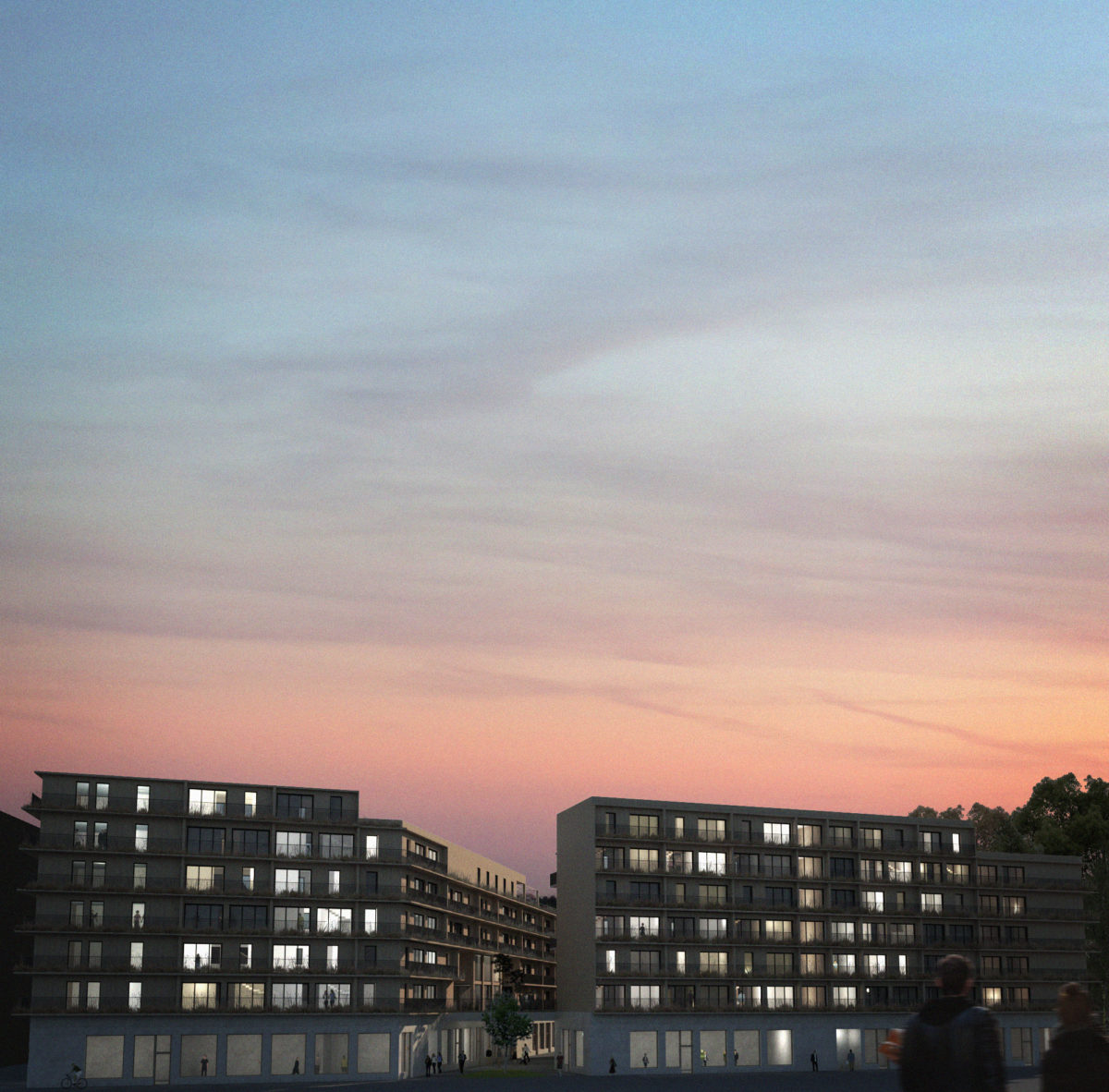Introduction
A residential yard holds a number of different functions such as social spaces, sound barriers, spaces for learning, growing food and providing visual awareness and anonymity. It can also possess recreational values such as qualitative views and practicing hobbies. It is one of the few spaces the residents share and plays an important part in creating social relations. Depending on the residents’ interest, the way that they use the space differs. Jan Gehl simplifies in his book Life between buildings the three main types of outdoor activities; necessary, optional and social activities. Necessary activities are the everyday tasks such as going to work and waiting for the bus, I.e. the compulsory activities. Optional activities take place when exterior conditions are favorable and the individual got extra time to spend. Social activities are dependent on the presence of others in a common space, e.g. children at play, conversations, communal activities or passive contacts. Necessary activities are by their nature always present, whilst optional and social activities are signs of appreciated yards. The context, size and accessibility are important factors that plays a great part in how the space is used and experienced.
